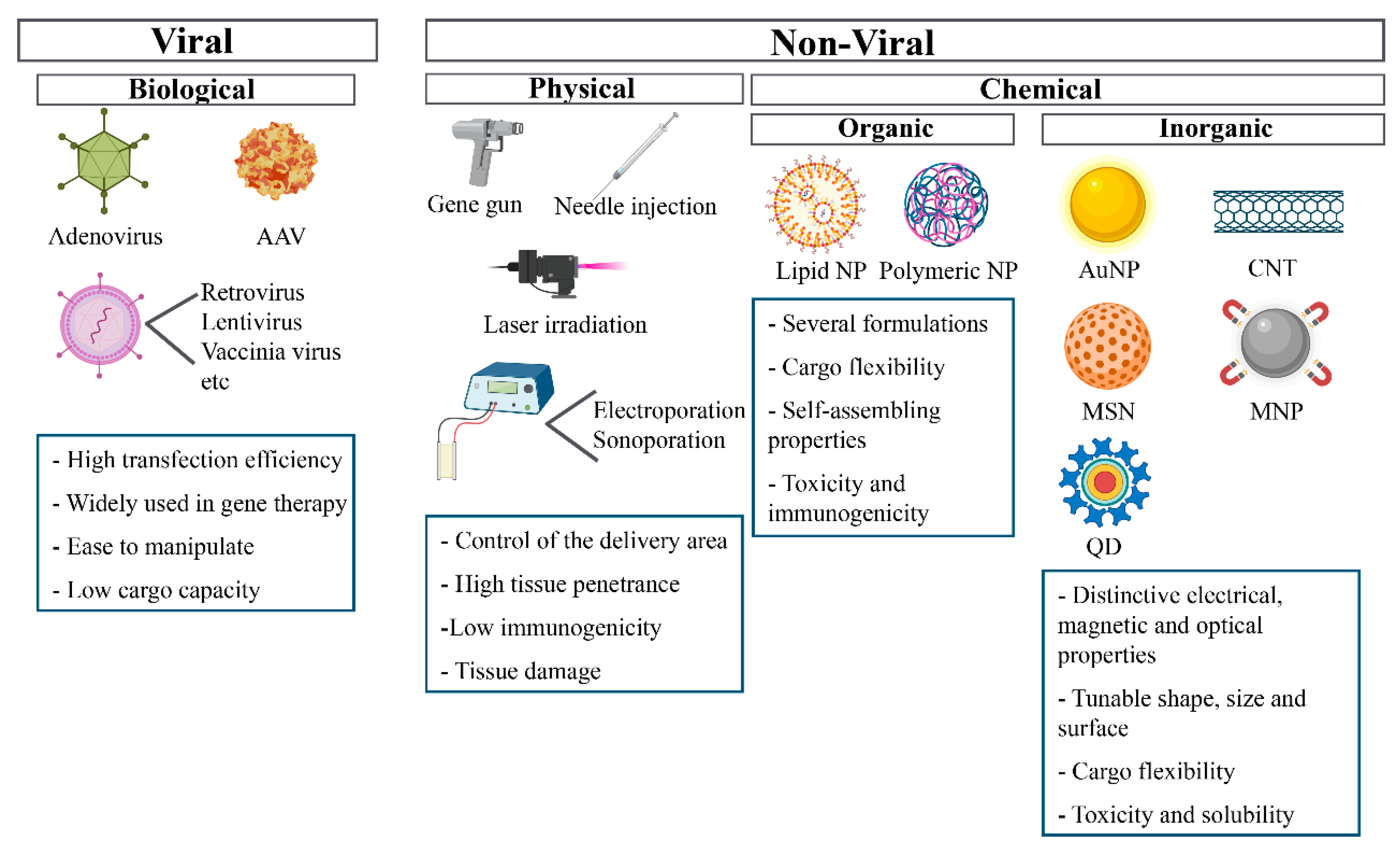
Nanoparticles Deliver Gene Therapy Directly to Bone MarrowNanoparticles Deliver Gene Therapy Directly to Bone Marrow Scientists at Johns Hopkins have developed a novel gene therapy approach that utilizes nanoparticles to deliver gene therapy directly to bone marrow cells. This approach has the potential to revolutionize the treatment of bone marrow diseases such as sickle cell disease and leukemia. Challenges of Gene Therapy Existing gene therapies for bone marrow diseases can be complex, time-consuming, and have serious side effects such as blood cancer and infertility. The new approach aims to overcome these challenges by delivering gene therapy directly to the target cells in the bone marrow. Nanoparticle Delivery System The nanoparticles are designed to contain a specific lipid molecule that helps them locate and attach to stem cells in the bone marrow. This targeted delivery system ensures that the gene therapy is delivered to the cells that need it most. Study Results In a study using a mouse model of sickle cell disease, the researchers used CRISPR/Cas and base-gene editing techniques to correct the sickle cell mutation and activate a form of hemoglobin. The approach was also found to be effective in targeting leukemia cells. Advantages of the New Approach * Direct delivery to target cells in the bone marrow * Reduced side effects compared to existing gene therapies * Less invasive treatment procedures * Potential cure for genetic diseases by correcting genetic mutations in stem cell populations Next Steps The researchers plan to further optimize the technology in a humanized animal model to better resemble clinical scenarios. They also hope to develop clinical trials to test the safety and efficacy of the approach in humans. Significance This innovative gene therapy approach has the potential to transform the treatment of bone marrow diseases. By delivering gene therapy directly to the target cells, it can improve treatment outcomes and reduce the burden on patients. This research holds great promise for the future of personalized medicine and the development of new therapies for genetic diseases.
Scientists at Johns Hopkins have created unique nanoparticles that can deliver gene therapy directly to different types of bone marrow cells, correcting the mutations that cause the disease. The complicated, lengthy gene therapies used to treat sickle cell disease can sometimes have serious side effects, such as blood cancer or infertility. The study is published in Nature Nanotechnology.
 Discovery and development of BM-homing LNPs. a, Schematic representation of LNP preparation including covalent lipid species (covalent lipids and crosslinkers). b, Addition of a covalent lipid or crosslinker to the base-4-lipid LNP formulation leads to BM mRNA delivery and genome editing in a wide range of unique BM cell types. c,d, Bioluminescence images of dissected femurs and summary of average bioluminescence signal intensity on dissected femurs shown for covalent lipid (c) and crosslinker (d) molecular structures. Image credit: Nature Nanotechnology.
Discovery and development of BM-homing LNPs. a, Schematic representation of LNP preparation including covalent lipid species (covalent lipids and crosslinkers). b, Addition of a covalent lipid or crosslinker to the base-4-lipid LNP formulation leads to BM mRNA delivery and genome editing in a wide range of unique BM cell types. c,d, Bioluminescence images of dissected femurs and summary of average bioluminescence signal intensity on dissected femurs shown for covalent lipid (c) and crosslinker (d) molecular structures. Image credit: Nature Nanotechnology.
This gene-editing approach would allow patients to receive the drug through a transfusion. This avoids the lengthy, difficult process of many current gene therapies, reducing the burden on patients and the healthcare system and minimizing the side effects of treatment..
Xizhen Lian, lead author of the study and assistant researcher, Institute for Nano BioTechnology, Whiting School of Engineering
Xizhen Lian is also affiliated with the Johns Hopkins School of Medicine at Johns Hopkins University.
Using CRISPR/Cas and base-gene editing techniques in a mouse model of sickle cell disease, the research team, which included scientists from the University of Texas Southwestern Medical Center, St. Jude Children’s Research Hospital, Harvard University and Johns Hopkins School of Medicine, was able to correct the sickle cell mutation and activate a form of hemoglobin. Targeting leukemia cells was another area where the team found the approach effective.
One challenge we faced is that the stem cell population is very small; only 0.1% of the cells in the bone marrow are stem cells. They are also protected in a microenvironment that can prevent the delivery of drugs from the circulation.
Xizhen Lian, lead author of the study and assistant researcher, Institute for Nano BioTechnology, Whiting School of Engineering
The team solved this problem by incorporating a unique lipid molecule into their small delivery particles. To deliver crucial gene therapy, this new molecule helped the delivery particles locate and firmly attach to the stem cells.
Since they are currently only using rodent blood cells and components, the team’s next step is to optimize this technology in a humanized animal model that more closely resembles clinical scenarios. By genetically modifying animals to express human genes, cells, and proteins, researchers can study human diseases in a living system that closely resembles humans: humanized animal models.
Lian said: “Our approach promises to help patients avoid invasive treatment procedures, which will significantly reduce the side effects of blood cancer because there is no random gene insertion in the patient’s genes. We target a specific gene that causes the disease and that’s it. The only way to cure such genetic diseases is to correct the genetic mutation in the stem cell populations.”
Journal reference:
Lian, X., and all. (2024) Lipid nanoparticles that translocate to the bone marrow for genome editing in diseased and malignant hematopoietic stem cells. Nature Nanotechnology. doi.org/10.1038/s41565-024-01680-8
